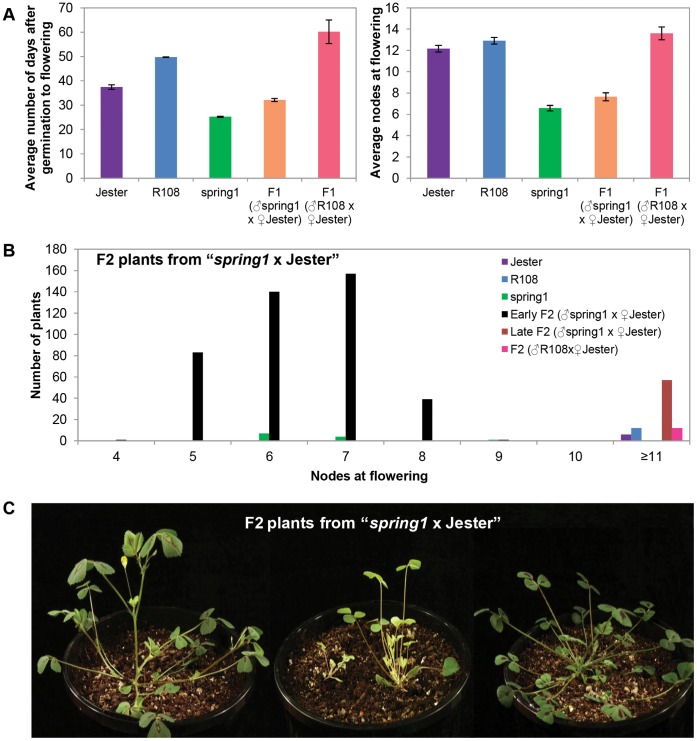Figure 2. Flowering time of plants from “spring1 x Jester” and from “R108 x Jester”.
Spring1, an early flowering mutant in the R108 accession was crossed with Jester plants and the F1 and F2 progeny were grown in long day conditions and scored for flowering time (Table 1). A Control cross “R108 x Jester” was also performed. a) Flowering time of the F1 progeny from the Backcross “spring1 x Jester” (n = 32) and from the Control cross “R108 x Jester” (n = 12) was compared to spring1 (n = 12), Jester (n = 6) and R108 (n = 12). Flowering time was scored using two methods; the number of days after germination to flowering, or the number of nodes on the primary axis at flowering. The F1 plants from the Mapping cross flowered much more rapidly than the F1 plants from the Control cross by either measure, indicating that spring1 confers dominant early flowering in crosses to Jester. b) Distribution of the flowering time of the F2 progeny from the Mapping cross and the Control cross compared to parental lines. Plants that were scored as “unclassified” or died young are not included. The F2 population from “spring1 x Jester” segregated 421 early flowering and 57 late flowering plants as scored by nodes at flowering. The class with ≥11 nodes includes plants that had up to 25 nodes, but had not flowered by the time scoring was terminated at 87 days. The Control cross produced only late flowering F2 plants, with some having up to 19 nodes, but not having flowered by the time scoring was terminated at 65 days. c) Photographs of F2 plants from the “spring1 x Jester” Mapping cross; a typical early flowering plant with flowers (left), plants that have not flowered that are either very small, pale and slow growing, or small with an altered morphology (middle), and a typical late flowering plant (right). All plants were photographed at 26 days old.

